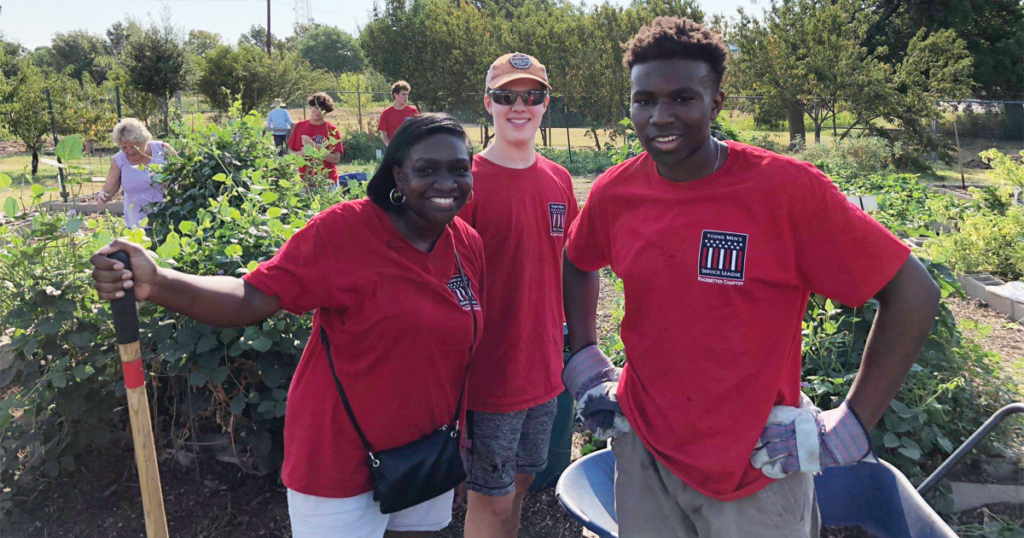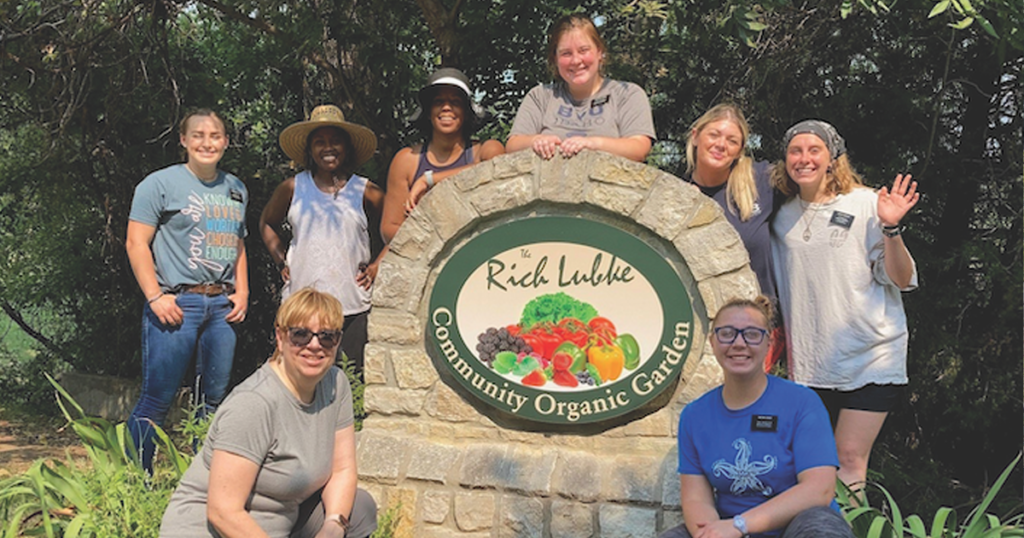A Green Oasis of Hope and Nourishment in Lewisville
“It’s all about sharing the abundance...”
Nestled in the heart of Lewisville, Texas, the Rich Lumpkin Community Organic Garden is more than just a place to grow vegetables — it’s a thriving hub of community, compassion, and faith. This two-acre garden, managed by Lee of Nightlight Charities, offers residents a chance to plant their own plots, while also planting seeds of hope for those in need. For a small fee, gardeners agree to donate 50% of their harvest to the Salvation Army Soup Kitchen, where the fresh, organic produce helps provide meals for local families, especially children who rely on these resources.
Tips for Growing in the Garden
Choosing the right plants for the local climate and pruning are two keys to the garden’s success. Lee and her team follow guidelines from the Agricultural Department and rely on advice from seasoned gardeners. The garden also adapts to Texas’ challenging climate by using lightweight fabric to protect plants from the harsh summer sun and covering plots with hemp fabric in winter to keep crops growing even in cold weather.
Connecting Gardeners and Volunteers to The Salvation Army
The garden plays a crucial role in supporting The Salvation Army’s programs. Fresh meals made with produce from the garden are served daily at The Salvation Army, including salads, side vegetables, and fruit from the garden’s trees. Donations from businesses like Whole Foods and Target help round out the meals with items like bread and desserts. Volunteers who come to work in the garden often get involved in other Salvation Army activities, like bell ringing during the holidays or joining in local parades with The Salvation Army food truck. “The garden is a way for people to get to know our mission and find new ways to help,” Lee explains.

Sustainability and Cooperation
One of the garden’s greatest strengths is the sense of cooperation it nurtures among volunteers. “In the summer, when it’s over 100°F, we all pitch in to water and harvest for each other,” says Lee. It’s this collaborative spirit that makes the garden thrive. Volunteers also help by donating canned goods to the Salvation Army pantry. “It’s a beautiful cycle,” Lee says, “the garden provides food for those in need, and the community steps in to help however they can.”
Overcoming Challenges, Together
Of course, the garden faces challenges, particularly with pests. Lee’s unique solution to dealing with fire ants involves sprinkling grits around their mounds. The ants take the grits back to the colony, where it disrupts their life cycle, making it a natural, organic way to handle the problem. The garden also must contend with wildlife like bunnies and armadillos, but Lee takes a balanced approach. “This is their land too,” she says. “We’re just sharing it.”
A Model of Sharing and Giving
For Lee, the garden is about more than just food — it’s about creating a sustainable, supportive community. “We’re here to care for the land and for each other,” she says. “It’s all about sharing the abundance — whether it’s food, time, or love.” Through the garden, local families learn the importance of service, giving, and community.







